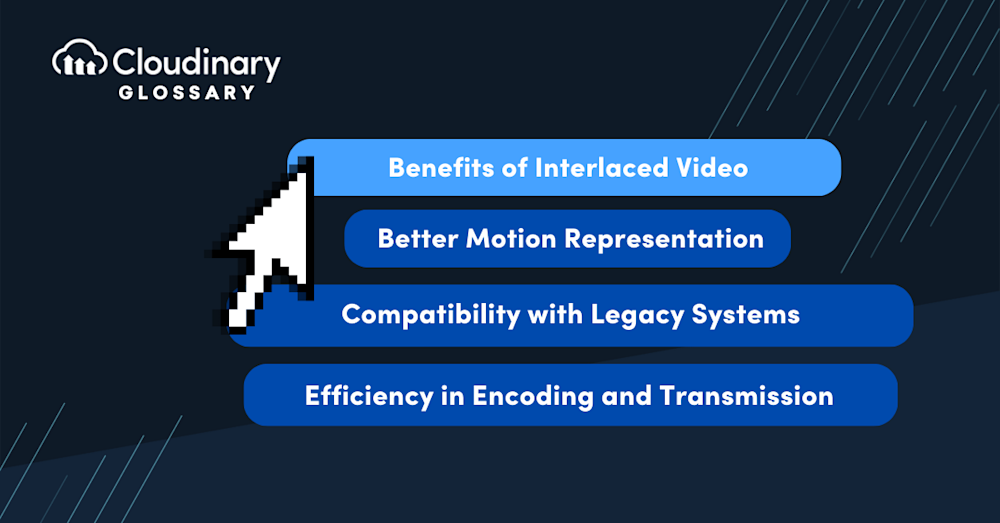What is Interlaced Video?
Interlaced video is a format that uses “interweaving” to display half of a video’s lines in two separate fields. Each field consists of alternating lines of the video, with odd-numbered lines in one field and even-numbered lines in the other. When played back, the fields are reassembled to create a complete image.
Interlaced video was initially developed to reduce the perceived flicker when standard CRT monitors displayed video at lower refresh rates. However, with advancements in display technology and higher refresh rates, interlaced video has remained prevalent in video production.
Interlaced vs. Progressive Video
The primary difference between interlaced and progressive videos is how they display video content. While interlaced video splits the video into two fields, progressive video displays all lines of a video frame progressively, one after the other.
Progressive video has become the dominant format in the digital era, offering better image quality, smoother motion, and superior performance in high-resolution displays. Interlaced video, on the other hand, remains prevalent in broadcast television and specific production workflows due to its compatibility with legacy systems and its unique benefits.
Benefits of Interlaced Video
Despite progressive video’s supremacy in the digital world, interlaced video has several unique benefits that make it still relevant today:
- Better Motion Representation. Interlaced video offers a higher level of motion representation, particularly in fast-moving scenes. Splitting the video into fields allows interlaced video to capture and display motion more accurately, reducing motion blur and judder.
- Compatibility with Legacy Systems. Many broadcast television systems and legacy workflows still utilize interlaced video formats. Interlaced video can ensure seamless integration into existing production workflows by remaining compatible with legacy systems.
- Efficiency in Encoding and Transmission. Interlaced video requires less bandwidth for encoding and transmission compared to progressive video. By reducing data requirements, interlaced video can enhance streaming performance and reduce storage costs.
Downsides of Interlaced Video
While interlaced video has been a popular format for many years, it does come with several drawbacks that can affect the viewing experience, especially when compared to more modern progressive video formats, such as:
- Motion Artifacts. Interlaced video can display noticeable comb-like artifacts during fast motion scenes due to the alternating display of odd and even lines. This can make the video seem less smooth and potentially distract viewers.
- Lower Vertical Resolution. Since only half of the image is displayed at a time, interlaced video essentially has half the vertical resolution of progressive video formats, causing a less detailed and crisp image quality.
- Compatibility Issues. Some newer devices and video players struggle to display interlaced video correctly or might require additional processing, which can lead to reduced performance or further quality degradation.
- Editing Challenges. Editing interlaced video can be more complex, as many editing programs are optimized for progressive video formats, making frame-accurate cuts or applying certain visual effects more difficult.
Final Thoughts
Interlaced video offers unique benefits, making it an essential asset in video production, particularly in broadcast television and certain production workflows. While progressive video is the dominant format in the digital era, interlaced video’s compatibility with legacy systems, better motion representation, and efficiency in encoding and transmission make it still practical today.
To fully leverage the advantages of your video workflows, consider utilizing the capabilities of a comprehensive media management platform like Cloudinary.
Sign up for Cloudinary and unlock the full potential of your videos.





